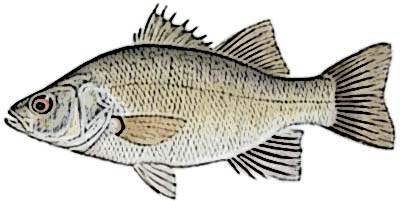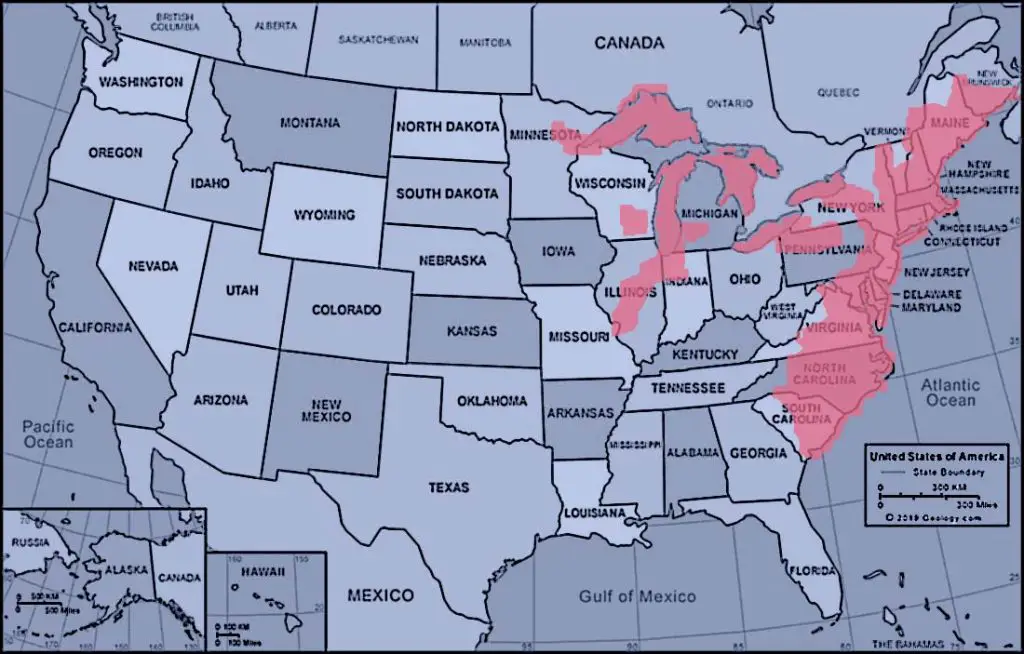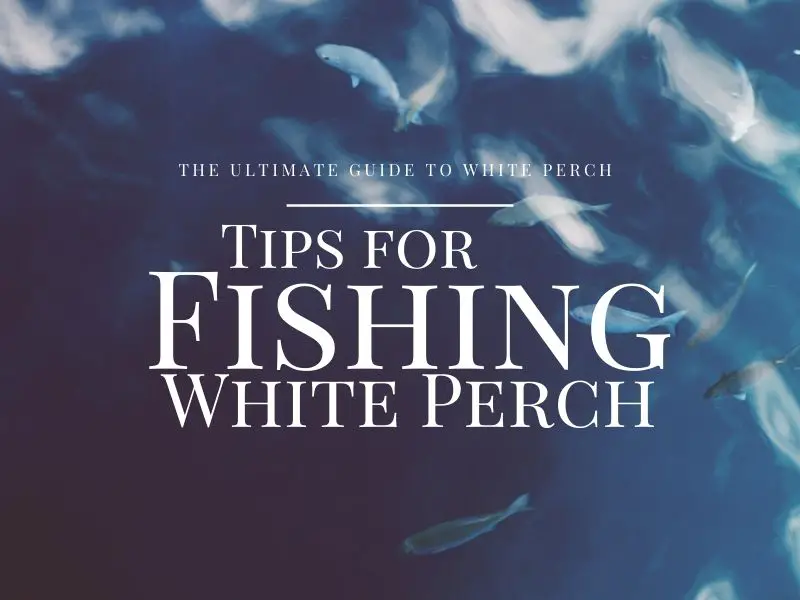The white perch is a popular game fish through the eastern part of North America. They are commonly fished throughout the great lakes and east coast regions. These small silver-colored fish are not actually a true perch but are a relative of the striped bass. They are found in freshwater and coastal areas though they are much more common in brackish waters.
If you’re new to fishing for white perch you need to read this guide. Here we will cover a little bit of basic knowledge about white perch, where to find them, the equipment you will need to catch them, and a few extra tips to help you catch more white perch.
What Do White Perch Look Like?
White perch are usually silvery-white in color. In some areas, they have a little bit of a dark shade along the top of the fish. They usually measure about 8-10 inches in length on average. They are relatively small panfish. The world record white perch is reported as only weighing 3 pounds and 1 ounce.

Where to Fish for White Perch
White perch are common throughout the lower Great Lakes region and eastern parts of North America. You can find them in the Finger Lakes, Long Island Sound, the Hudson and Mohawk River Systems, Chesapeake Bay, Delaware Bay, and small ponds and lakes. They are found in freshwater and coastal waters but are much more common in brackish waters.

If you’re trying to locate a good white perch fishing spot look for spots with brackish water where white perch thrive. Brackish water is water that has more saltwater than freshwater but not as much as seawater. Fishing river mouths of tributaries that flow into bays can be a good location where the water is perfect for white perch.
What Do White Perch Eat?
White perch are known to eat a variety of different things including shrimps, crabs, larvae, eggs, and other fish species. In certain areas eggs make up most of their food intake.
White Perch Seasonal Patterns
Around April through June white perch tend to migrate up into rivers to spawn. You can find them congregating in tightly packed schools where they are very active and hungry. This makes it an excellent time to fish. You can have a lot of success shore fishing if you find where they spawn. Look for large rivers with low-salinity waters.
Another productive time to fish for white perch is in the winter months. In winter they can be found in downstream sections of tributaries and deeper channels.
Equipment You Will Need
White Perch Rods and Reels
We recommend a light spinning rod and reel around 6’ to 7’ in length for fishing white perch. You often fish white perch pretty close to shore so you don’t need something with an extremely long casting range. If you have a preference for baitcasting reels, they work just fine, but we recommend beginners stick with spinning rods and reels.
Lures and Baits
Jigs
Jigs can be very productive for white perch fishing. Hair jigs, bucktail jigs, or even jigging a spoon lure are all great options. The most important thing to remember when jigging is to vary your cadence. Every lure is made for a certain kind of action, so you need to vary your cadence with the jig until you find what works best.
Soft Plastic Lures
Using a soft plastic lure can also be a good bet. Try to use something that resembles what the perch are feeding on in the waters you are fishing. Match the hatch is as true for white perch as it is for any other fish.
Spinners
Spinners are another popular lure that works well for white perch. Many anglers use either rooster tails or Mepps spinners for fishing white perch and have a good amount of success. If you’re going to be fishing a spinner try casting it out and immediately when it hits the water using a moderate speed retrieve to bring the lure back.
Live Bait
Using live bait is one of the most effective ways to attract white perch. You can use shrimp, crawfish, leeches, small fish, bloodworms, nightcrawlers and more. Just be aware that white perch do not have a very large mouth so try to stick with a presentation that is small enough that the fish can easily bite it.
Fishing Line
For smaller fish like white perch, you can use somewhere between a 4 to 8-pound test braided or mono line. This should be fine for most situations. Some anglers also like to use a fluorocarbon leader, which isn’t a bad option either.
Hooks
Use a smaller hook like a size 5 or 6 for white perch. If the hook you use is too large then this allows the fish to eat the bait without getting hooked. So just keep that in mind when fishing.
Tips for Fishing White Perch
Mimic Their Food
Match the hatch is always relevant, but to take a step further, try to fish your lure or bait the same way that this food behaves in the water. For example, smaller fish that are eaten by white perch are often chased to the surface where they are eaten. So if you’re using a lure or bait, send your lure into the strike zone and retrieve it to the surface so that the white perch can chase it.
Think Small
White perch are not a very large fish, so your presentation has to be appropriate to their size. Smaller lures, smaller bait, smaller hooks. White perch tend to feed delicately, so offering something too large isn’t quite as enticing to these fish with small mouths.
Use Live Bait
Using natural bait is always a great way to attract more bites. You can even use a jig or spinner and place a small piece of natural bait on the end to make your lure even more enticing. Try to get a feel for what the white perch commonly eat in the water you are fishing and use that on your hooks.
White Perch Faq – Commonly Asked Questions
Where Do White Perch Spawn?
White perch generally spawn in larger rivers with either freshwater or low salinity waters. They typically spawn over gravel and rocky areas laying eggs out randomly. They can also spawn in lakes in similar rocky or gravel areas.
How Far North Do White Perch Live?
White perch have been known to be located in the upper great lakes regions as far north as northern Wisconsin, Minnesota, and into parts of Canada in the midwest. On the east coast you can find them in parts of Maine, Nova Scotia, New Brunswick and other parts of Canada.
Where to Fish White Perch Through the Ice?
It’s usually easier to locate white perch in the winter in smaller waters like ponds because they feed on smaller baitfish and plankton which tend to be found near basins.
Larger bodies of water like lakes can take a little bit more looking. They tend to hang out where their food is, so if you find what they are feeding on, they will definitely be nearby.
Related Posts:
Rainbow Trout Fishing Guide
Muskie Fishing Tips
